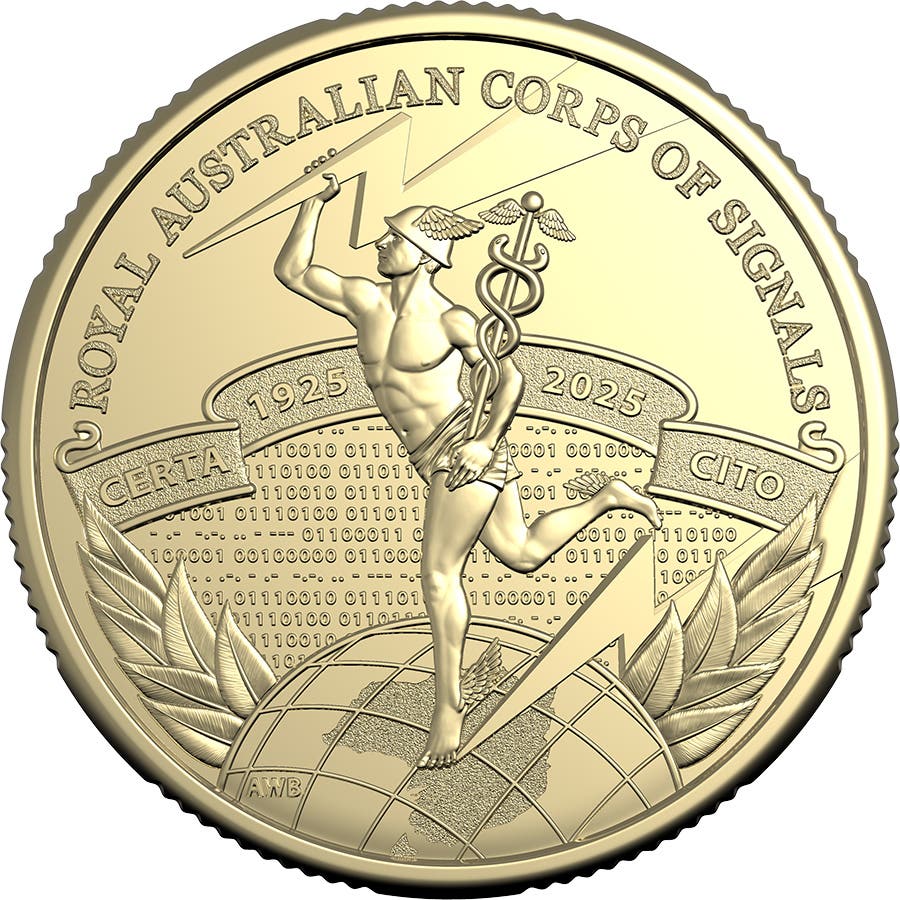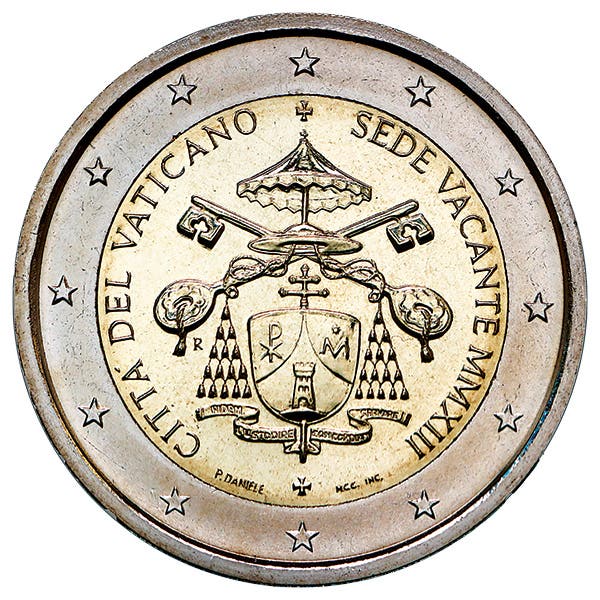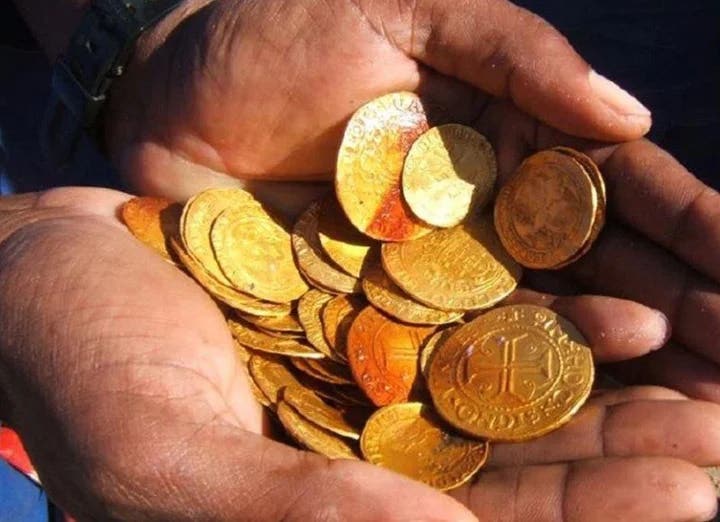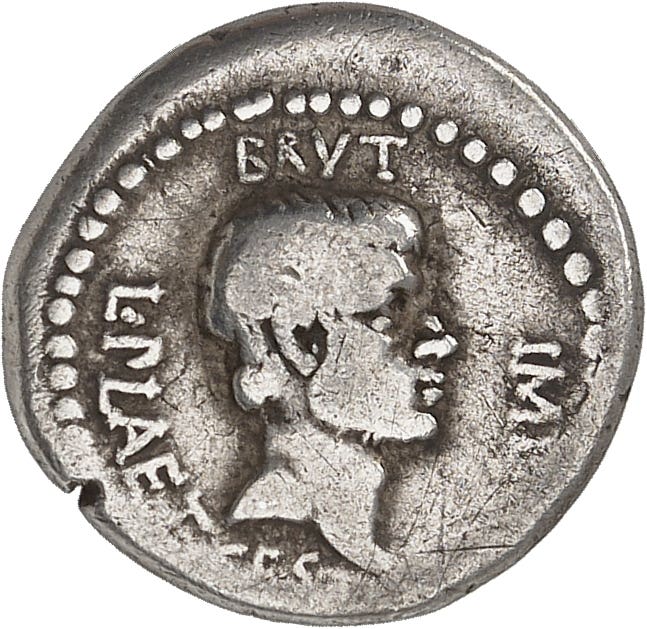Canada celebrates its abolished cent
It no longer exists, but that hasn’t stopped the Royal Canadian Mint celebrating the history of its one-cent coin. A five-coin .9999 fine silver set uses multiple-sized and shaped blanks…
It no longer exists, but that hasn’t stopped the Royal Canadian Mint celebrating the history of its one-cent coin.
A five-coin .9999 fine silver set uses multiple-sized and shaped blanks to reproduce the main design types of Canada’s cent from its first domestic striking in 1908. Face value is one cent.
Those designs have been replicated on two 54mm two-ounce coins and three 38mm one-ounce coins. These are considerably larger than the original cents. From 1908 to 1920 the cent had a diameter of 25.4mm. In late 1920 this was reduced to 19.05mm.
In the set a 1908 Edward VII cent and 1911 George V cent have been rendered as two-ounce coins. Each obverse shows their original effigies. Each reverse features the original reverse design of Canada’s 1908 cent: a vine-like wreath of 16 maple leaves framing a center field engraved with the date and face value.
The smaller 1920 George V, 1967 Elizabeth II, and 1982 12-sided cents are reproduced as one-ounce coins. Again each obverse shows their original effigies while each reverse features the appropriate original reverse designs from 1920, 1967 and 1982. These are, respectively: two maple leaves on either side of the reverse field flanking the face value, Alex Colville’s iconic rock dove, George Kruger-Gray’s maple leaf twig originally introduced in 1937.
All coins are enhanced with selective rose gold plating that mimics the cent’s bronze color.
Each set comes packaged in a wooden case containing a black beauty box. Mintage is limited to 3,000 sets. At the time of writing the Royal Canadian Mint website, www.mint.ca, was reporting 96 percent of the mintage sold.
On Feb. 4, 2013, the RCM began melting down the estimated 35 billion cents that had been withdrawn from circulation circulation.
This article was originally printed in World Coin News. >> Subscribe today.
More Collecting Resources
• Keep up to date on prices for Canada, United States and Mexico coinage with the 2016 North American Coins & Prices guide.
• The Standard Catalog of World Coins, 1901-2000 is your guide to images, prices and information on coinage of the 1900s.








